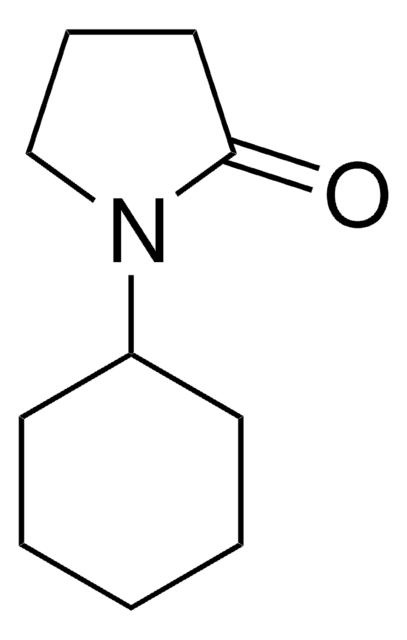700339
Titanium(IV) oxide, mixture of rutile and anatase
nanoparticles, <100 nm particle size, dispersion, 48-52 wt. % in xylene, 99.9% trace metals basis
Synonym(s):
Titanium dioxide
About This Item
Recommended Products
Assay
99.9% trace metals basis
form
dispersion
nanoparticles
concentration
48-52 wt. % in xylene
particle size
<100 nm
~30 nm (primary particle size of starting nanopowder)
bp
>135 °C
SMILES string
O=[Ti]=O
InChI
1S/2O.Ti
InChI key
GWEVSGVZZGPLCZ-UHFFFAOYSA-N
Looking for similar products? Visit Product Comparison Guide
General description
Signal Word
Danger
Hazard Statements
Precautionary Statements
Hazard Classifications
Aquatic Chronic 3 - Asp. Tox. 1 - Eye Dam. 1 - Flam. Liq. 3 - Skin Corr. 1B - STOT RE 2 Inhalation - STOT SE 3
Target Organs
Central nervous system,Liver,Kidney, Respiratory system
Storage Class Code
3 - Flammable liquids
WGK
WGK 3
Flash Point(F)
80.6 °F
Flash Point(C)
27 °C
Choose from one of the most recent versions:
Already Own This Product?
Find documentation for the products that you have recently purchased in the Document Library.
Customers Also Viewed
Articles
Dye-sensitized solar cells directly convert sunlight to electricity
Over the last decade, dye-sensitized solar cells (DSSCs) have attracted much attention because these unconventional solar cells exhibit high performance and have the potential for low-cost production.
One of the more traditional photovoltaic devices, single crystalline silicon solar cells were invented more than 50 years ago, currently make up 94% of the market. Single crystalline silicon solar cells operate on the principle of p-n junctions formed by joining p-type and n-type semiconductors.
Few Monolayer Atomic Layer Deposition (ALD) on Surfaces and Interfaces for Energy Applications
Our team of scientists has experience in all areas of research including Life Science, Material Science, Chemical Synthesis, Chromatography, Analytical and many others.
Contact Technical Service





